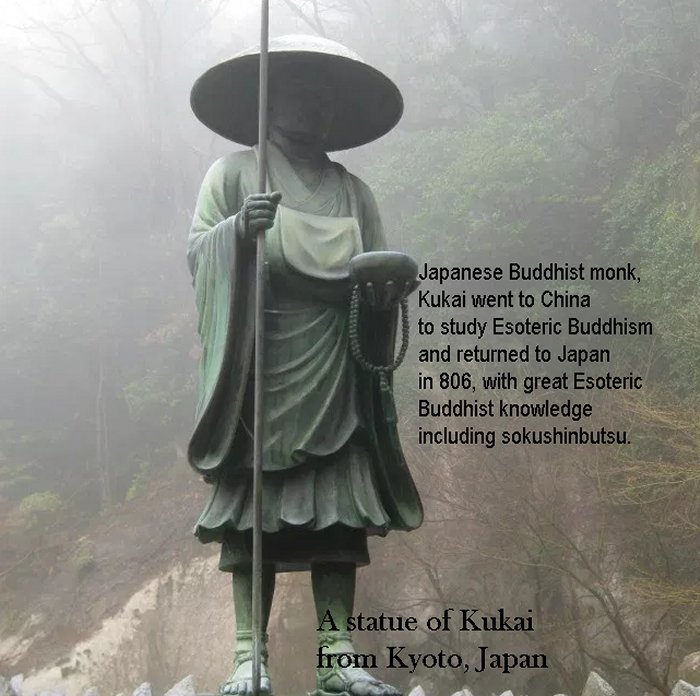What Was The Extreme Ritual Of Sokushinbutsu?
A. Sutherland - AncientPages.com - The Sokushinbutsu Buddhist monks of northern Japan were those who were able to mummify their bodies while alive.
These monks practiced an extreme, physical act of self-deprivation. They spent years slowly preparing their bodies by starving themselves to death, according to a carefully prescribed method.
The procedure could gradually change their bodies to the physical state necessary for mummification.
The purpose of successful act of self-deprivation was to disregard their physical self.
Those who were successful at mummifying themselves were considered by their followers to be a Buddha. Their preserved bodies would be displayed in temples; a symbol of the possibility of attaining the status of Buddha.
There are only between 16 and 28 known successful cases of self-mummification (Sokushinbutsu), however, only 16 of them can be visited.
The Sokushinbutsu monks were first of all, elderly Buddhist monks of the Shingon (or the so-called “True World”) sect founded by the great Kukai (774–835). He was sent to China by the Japanese emperor at the beginning of the 9th century. There, he became a disciple of Huikuo, a great Buddhist teacher.
Later, he returned to Japan and brought with him many esoteric practices. One of them, was a secret tantric ritual 'sokushinjobutsu' (“attaining Buddhahood in the flesh”). It was an extreme ascetic and suicidal practice of self-mummification.
Kukai founded a monastery on Mount Koya, beginning the Shingon school of Buddhism. Shingon foundation was based on the belief in the three mysteries of Buddhism - body, speech, and mind. It was thought that one could attain Buddhahood through mastering any one of them.
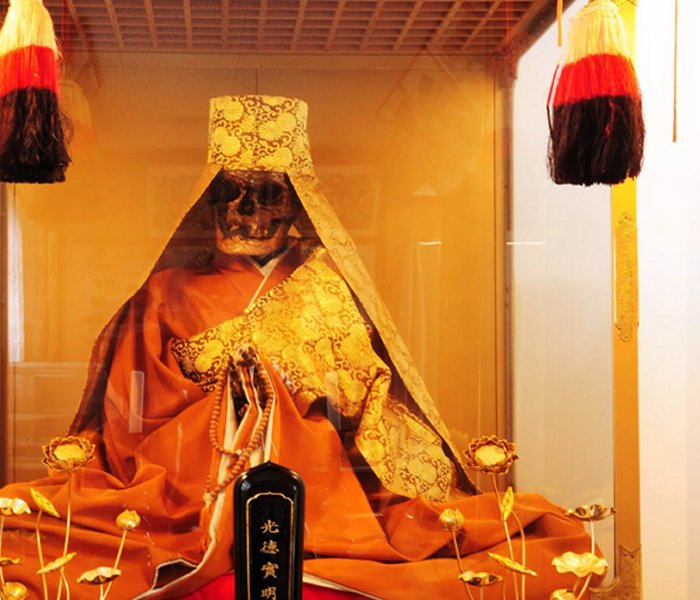
The Sokushinbutsu monks were first of all, elderly Buddhist monks of the Shingon (the so-called “True World”) sect founded by the great Kukai.
The Sokushinbutsu monks believed that physically destructive acts lead to the path of enlightenment. It is said that Kukai himself is still sitting in the lotus position inside the stone of Mount Koya, although the public are not allowed to see him.
After he died, Kukai was known as Kobo Daishi ("The Grand Master Who Propagated the Buddhist Teaching").
Long-term starvation
During the first stage of the Sokushinbutsu process, lasting 1000 days (almost 3 years) the monk had to follow very rigorous physical exercise every day. His only food was nuts and seeds. Now, his body fat was almost completely eliminated and he could begin the next step in the Sokushinbutsu ritual.
For the next one thousand days, he would move on to an even sparser diet of bark and roots from pine trees called mokujiki. Towards the end of this time, the Sokushinbutsu monk would begin to drink poisonous tea from the sap of the Urushi tree.
Another name for this tree is the Japanese Varnish tree. Its sap is cultivated as a lacquer used to lacquer bowls. This diet would dehydrate the monk, and this process would slow down his body’s decomposition once he was dead.
The Urushi tree tea would make him vomit, sweat and urinate frequently leeching almost all moisture from his body. This tea was also so extremely toxic that it would prevent maggots from feasting on the corpse.
At the end of this second period of one thousand days, the monk would lock himself in a stone tomb, with limited space for him to sit in the lotus position. He would neither eat nor drink, but only sit in stillness, breathing from an air tube inserted in the tomb and ringing a bell each day to let those outside know he was still alive.
The day that the bell remained silent, it was understood that the Sokushinbutsu monk died.
The other monks would then remove the air tube and his tomb was sealed for another thousand days. Then, according to tradition, the tomb was opened to control if the body was preserved. If he was not preserved, the tomb would be re-sealed, and the monk would remain in his stone tomb forever. If the body was successfully preserved, the monk was a Buddha, and would be removed for the disciples to worship. The most famous is Shinnyokai Shonin of the Dainichi-Boo Temple on the holy Mount Yudono who successfully mummified himself.
It has been suggested that a local spring in the vicinity of the temple had high levels of arsenic, and this may have helped the monks in the mummification process.
In the late 19th century, the Japanese government banned the ritual, which continued to the 20th century.
Written by – A. Sutherland AncientPages.com Staff Writer
Copyright © AncientPages.com All rights reserved. This material may not be published, broadcast, rewritten or redistributed in whole or part without the express written permission of AncientPages.com
Expand for referencesReferences:
Jeremiah, K. (2010). Living Buddhas: The Self-Mummified Monks of Yamagata, Japan.
Hori, I. (1962). Self-Mummified Buddhas in Japan.
Jeremiah K. Sokushinbutsu (Self-Mummified Monks) and the Samurai
More From Ancient Pages
-
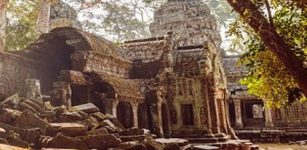 Ancient Assyrian Tomb With 10 Skeletons And Ceramic Sarcophagi Unearthed In Iraq
Archaeology | Apr 10, 2017
Ancient Assyrian Tomb With 10 Skeletons And Ceramic Sarcophagi Unearthed In Iraq
Archaeology | Apr 10, 2017 -
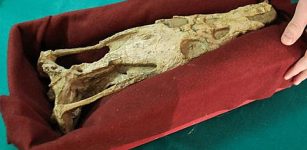 More Than 1000 Bones Of Extinct Predators From 240 Million Years Ago – Found In Upper Silesia, Poland
Fossils | Dec 11, 2023
More Than 1000 Bones Of Extinct Predators From 240 Million Years Ago – Found In Upper Silesia, Poland
Fossils | Dec 11, 2023 -
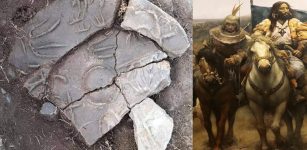 Lost Ancient Dragon City Of The Xiongnu Empire Discovered In Mongolia
Archaeology | Jul 22, 2020
Lost Ancient Dragon City Of The Xiongnu Empire Discovered In Mongolia
Archaeology | Jul 22, 2020 -
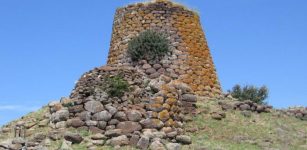 ‘Nuraghi’ – Thousands Of Beehive-Like Towers Are Sardinia’s Greatest Mystery
Featured Stories | Jul 17, 2015
‘Nuraghi’ – Thousands Of Beehive-Like Towers Are Sardinia’s Greatest Mystery
Featured Stories | Jul 17, 2015 -
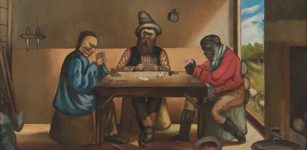 How Gold Rushes Helped Make The Modern World
Featured Stories | Aug 1, 2019
How Gold Rushes Helped Make The Modern World
Featured Stories | Aug 1, 2019 -
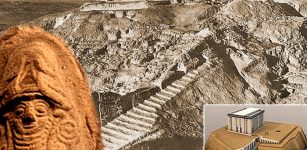 Anu: Supreme Ruler Of The Heavenly Abode In Sumerian Pantheon Of Gods
Featured Stories | Jun 7, 2018
Anu: Supreme Ruler Of The Heavenly Abode In Sumerian Pantheon Of Gods
Featured Stories | Jun 7, 2018 -
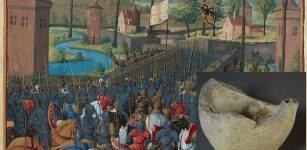 Ancient Hand Grenades: Explosive Weapons In Medieval Jerusalem During Crusades
Archaeology | Apr 26, 2022
Ancient Hand Grenades: Explosive Weapons In Medieval Jerusalem During Crusades
Archaeology | Apr 26, 2022 -
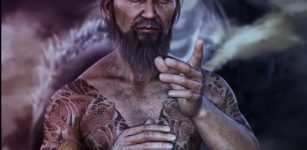 When And Why Was Yakuza, The Japanese Mafia Founded?
Ancient History Facts | Jun 12, 2021
When And Why Was Yakuza, The Japanese Mafia Founded?
Ancient History Facts | Jun 12, 2021 -
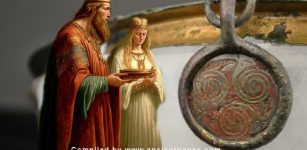 Mystery Of The Anglo-Saxon Burial At Lowbury Hill May Soon Be Solved
Archaeology | Mar 7, 2023
Mystery Of The Anglo-Saxon Burial At Lowbury Hill May Soon Be Solved
Archaeology | Mar 7, 2023 -
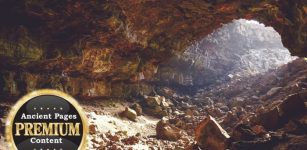 Bones Of Giants Unearthed In Ancient Cave
Featured Stories | Sep 23, 2018
Bones Of Giants Unearthed In Ancient Cave
Featured Stories | Sep 23, 2018 -
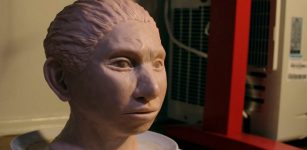 Skull Of Mysterious, Extinct Cousin Of Neanderthals Recreated From A Fossilized Finger
Archaeology | Sep 19, 2019
Skull Of Mysterious, Extinct Cousin Of Neanderthals Recreated From A Fossilized Finger
Archaeology | Sep 19, 2019 -
 Ancient Tombs Of The Nobles In The Valley Of The Queens
Featured Stories | Oct 23, 2016
Ancient Tombs Of The Nobles In The Valley Of The Queens
Featured Stories | Oct 23, 2016 -
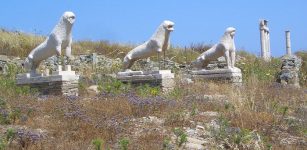 Mystery Of The Marble Lions On The Sacred Island Of Delos Solved?
Archaeology | Oct 12, 2021
Mystery Of The Marble Lions On The Sacred Island Of Delos Solved?
Archaeology | Oct 12, 2021 -
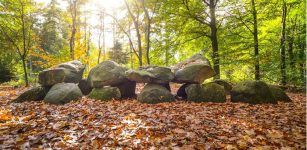 New Interpretation Of A 4,000-Year-Old Cemetery In Present-Day Slovakia
Archaeology | Dec 21, 2022
New Interpretation Of A 4,000-Year-Old Cemetery In Present-Day Slovakia
Archaeology | Dec 21, 2022 -
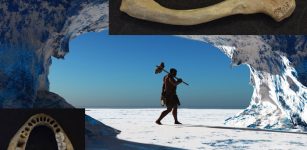 UK’s Oldest Human DNA Reveals Two Genetically Distinct Human Groups Migrated To Britain At The End Of Last Ice Age
Archaeology | Oct 24, 2022
UK’s Oldest Human DNA Reveals Two Genetically Distinct Human Groups Migrated To Britain At The End Of Last Ice Age
Archaeology | Oct 24, 2022 -
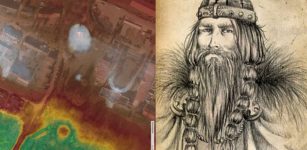 Long-Lost Burial Site Of Viking King Harald Bluetooth Discovered By Satellites?
Archaeology | Jun 29, 2022
Long-Lost Burial Site Of Viking King Harald Bluetooth Discovered By Satellites?
Archaeology | Jun 29, 2022 -
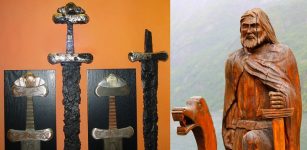 Were Viking Swords As Effective As They Were Impressive?
Ancient History Facts | May 9, 2018
Were Viking Swords As Effective As They Were Impressive?
Ancient History Facts | May 9, 2018 -
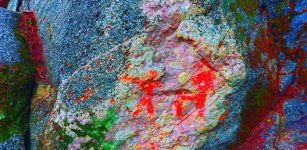 Unusual Rock With Ancient Paintings Discovered By Hiker In Norway
Archaeology | Jun 23, 2023
Unusual Rock With Ancient Paintings Discovered By Hiker In Norway
Archaeology | Jun 23, 2023 -
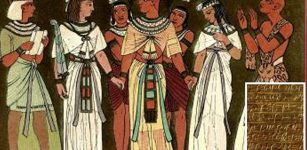 Asenath And The Golden Tablet That Changed Her Destiny
Biblical Mysteries | May 10, 2019
Asenath And The Golden Tablet That Changed Her Destiny
Biblical Mysteries | May 10, 2019 -
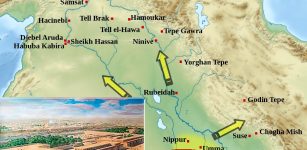 Uruk Was Ruled By Gilgamesh Who Built City’s Great Walls
Featured Stories | Jul 26, 2016
Uruk Was Ruled By Gilgamesh Who Built City’s Great Walls
Featured Stories | Jul 26, 2016


